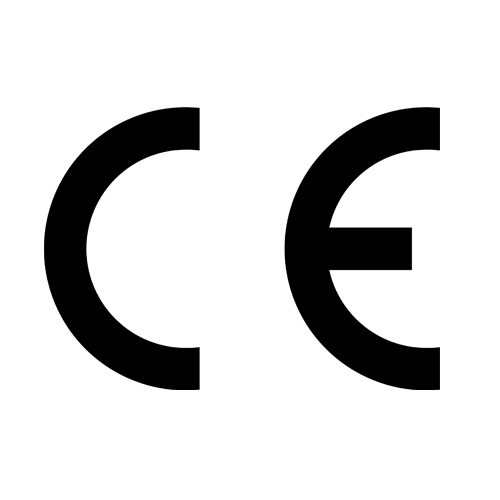What means LED degradation?
The term degradation in connection with LED lighting describes the decrease in luminous flux over the course of a lifetime. The luminous flux slowly decreases due to material changes in the LED chip and clouding of the optics. Degradation is therefore an ageing process in which an LED lamp loses its brightness over time and slowly becomes darker.
How is degradation measured?
In order to determine the percentage decrease in luminous flux of an LED illuminant, the luminous flux must be measured both when new and at the end of the specified lifespan. A comparison of both values shows the difference and provides information about the degradation.
The luminous flux of a light source can be measured using an integrating sphere and a photometer. However, the long life of an LED lamp poses a problem for a real measurement. One would have to wait many years until the real aging of the lamp occurs. For this reason, LED lamps are artificially aged so that more reliable results on the decrease in luminous flux can be obtained more quickly.
What does this decrease mean in practice?
For many consumers, the drop in luminous flux of LED luminaires and light sources is unknown. Most people suspect that an LED lamp will fail abruptly after the specified life expectancy, similar to its predecessors. Of course, a sudden defect cannot be ruled out with LEDs either. The cause is usually a fault in the electronics. This has nothing to do with LED degradation.
Since the aging process takes place extremely slowly over many thousands of hours, one will not notice the decrease in luminous flux in practice. Even a loss of brightness of 30% would not be noticeable. The difference would only be noticeable if an aged and a new identical LED light source were directly compared.











